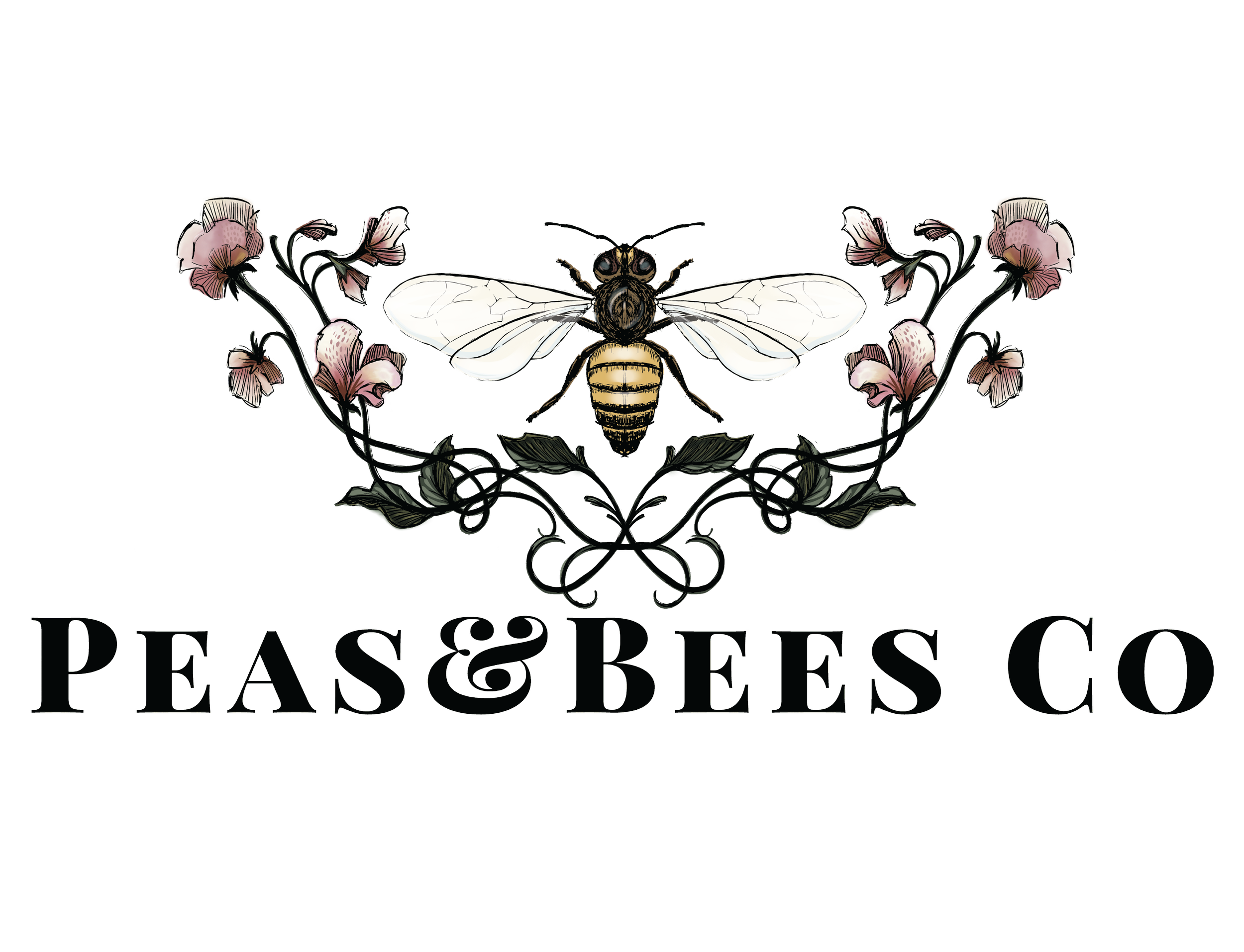Air Plants
Air plants are in the genus Tillandsia which consists of 650 species native to deserts and forests from Southeastern America down through Mexico and Mesoamerica, to the Caribbean and down to Argentina. They are epiphytes (grow on other plants) and aerophytes (grow on rocks and desert sand). They naturally hang off whatever is around like trees, rocks or telephone wires. Tillandsias maximum size ranges from 1 inch to 3 feet depending on the species. Their leaves are covered in modified cells called trichomes and these cells have the ability to quickly absorb any water that touches them. Although called air plants, they do need water to survive but will die if planted in soil. They are easy to care for and can be displayed in so many ways (shelves, terrariums, driftwood, etc).
Clockwise from bottom left: Xerographica, Ionantha Guatemala, Ionantha Rubra, Abdita, Juncea, Caput Medusae, Harrisii, Seleriana, Ionantha Scaposa
AKA: Tillandsia
Light: Bright indirect light.
Watering: Completely submerge in a bowl of room temperature water for 20-30 minutes weekly. Shake off excess and place upside down to dry out for 2-4 hours to prevent root rot. Browning leaf tips indicate a need for more water/humidity.
Humidity: They will thrive in average home humidity up to high humidity.
Toxicity: Non-toxic
Potting Mix: No potting medium needed.
Additional Care: Never water from a copper can/bowl or allow copper to touch air plants as it can kill them. Only use fertilizer specifically formulated for Tillandsia. Desert varieties have slightly different needs than the forest varieties. A good rule of thumb is the more silvery the leaves, the more light and less water it needs (desert). The greener variety will need more water and less light (forest).


